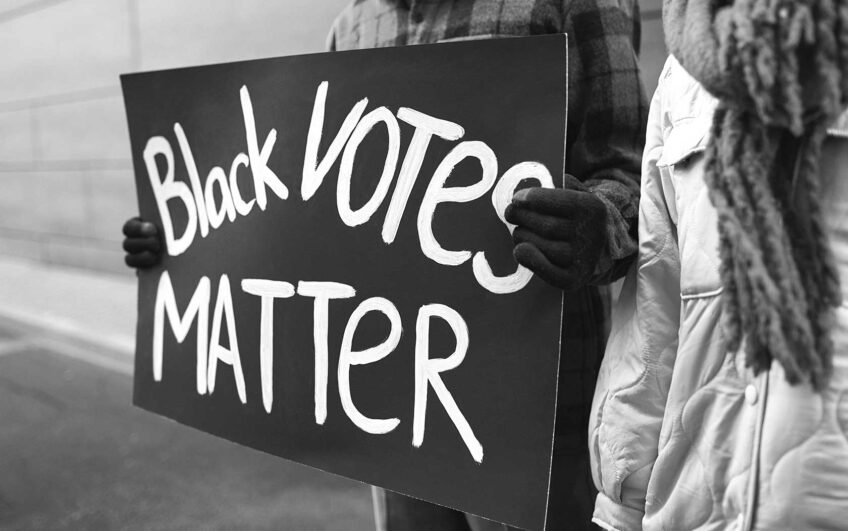Beginning March 20, a recent move by the Biden Administration will make owning a home more affordable for current and prospective homebuyers. Arriving just in time for the spring buying season, 850,000 mortgage borrowers who used FHA financing for their homes, as well as families choosing this popular mortgage program, will benefit from lowered mortgage insurance premiums.
This monthly insurance fee, paid along with principal and interest owed, will be cut by 0.3 percentage points, thereby lowering regular monthly costs. The cut is also reflected in President Biden’s new budget proposal. With housing affordability straining many efforts to become homeowners, the lowered costs triggered by the insurance premium deduction can be an important difference.
“For this country to truly succeed, all Americans must have access to opportunity. That means expanding access to wealth-building and home ownership,” said HUD Secretary Marcia L. Fudge in a recent interview. “Today, we are building on the steps we’ve taken to make homeownership more affordable, and HUD is acting to ensure people feel comfortable purchasing a home as they build toward their future. As we reduce housing costs for people with FHA mortgages, we continue our work to address longstanding disparities in homeownership.”
Although actual dollar savings will vary by market and locale, families who borrowed at the national median price of $270,000 for their home will see an annual savings of approximately $800. In markets where median prices are higher, higher dollar savings will apply. Conversely, in area where median home prices are lower than the national one, savings will be smaller.
For example, in Detroit, where the median-priced home is $200,000, the annual savings for FHA borrowers will be approximately $600. By contrast, FHA borrowers in Prince George’s County, Maryland, where the average home price is $300,000, annual mortgage premium insurance savings will be $900 each year. In Boston, Los Angeles, and New York, where the median price of homes is even higher, so too will be those borrowers’ savings.
The program’s cost-cutting is made possible by the growth in recent years in the fund’s accumulated reserves, now five times the amount required by Congress. This financial heft strengthens the program’s financial stability and was accomplished by multiple factors: Administratively, HUD updated underwriting policies that enabled lenders to include both rental history and student loan debt in determining mortgage applicants’ creditworthiness. Also, HUD’s mortgage loan modification practices resolved delinquencies for financially-challenged borrowers, allowing them to keep their homes. Yet another policy change offered expanded housing counseling that prepares first-time buyers with knowledge and information gleaned from 4,000 HUD-certified counselors working in 1,500 HUD-approved community agencies across the country.
These reforms, combined with key market measures like stable home appreciation, low foreclosure rates, and significant refinance volume, generated improved loan performance and savings that could be passed on to consumers.
For low-to-moderate-income consumers, these developments ensure that this long-standing federally-insured program will remain an available, affordable and sustainable path to homeownership. More than 80% of first-time homebuyers and 25% of buyers of color who secured these government-backed loans will benefit from the lowered fees.
In its recap of 2021 FHA lending to Blacks, the National Association of Real Estate Brokers found that 40% of Black mortgage borrowers were FHA-insured, including 42% of Black millennials.
Public- and private-sector housing stakeholders applauded the action.
“The Biden-Harris Administration is providing needed breathing room in the tight budgets of families who use FHA mortgages, many of whom are first-time homebuyers, people of color, or individuals with lower-incomes,” said Mitria Spotser, vice president and federal policy director at the Center for Responsible Lending. “By reducing the cost of mortgage insurance premiums, the administration is putting money back into people’s pockets. This move helps families strengthen their financial backstop and manage unexpected financial events while maintaining homeownership.”
Kenny Parcell, President of the National Association of Realtors, said, “Mortgage rates have doubled over the past year, and home prices have increased more than 30% in some counties. In this competitive market, new and low-to-moderate-income buyers are often left behind. This reduction will help alleviate some of the financial stress those potential buyers encounter when purchasing a home.”
Charlene Crowell is a senior fellow with the Center for Responsible Lending.






